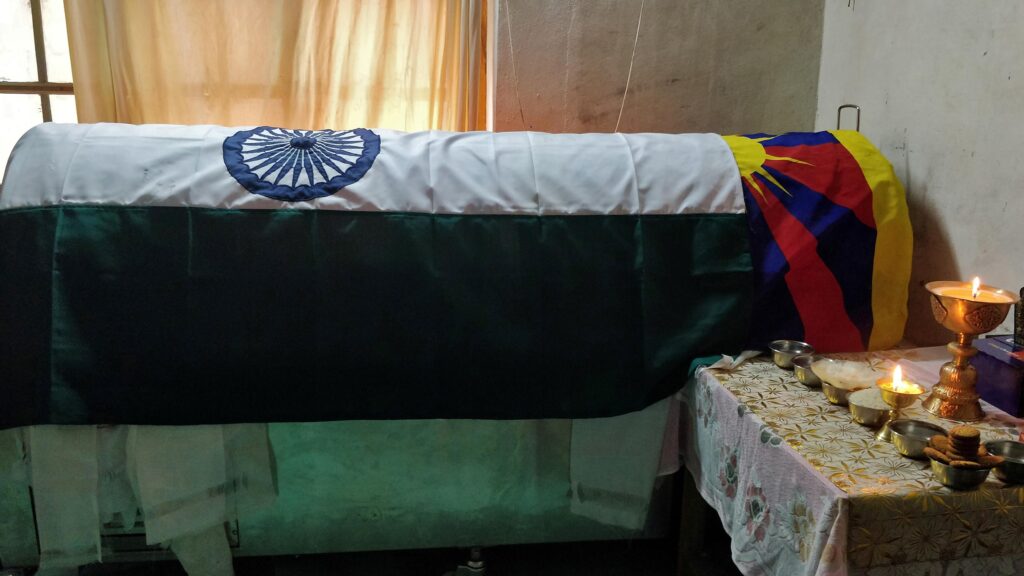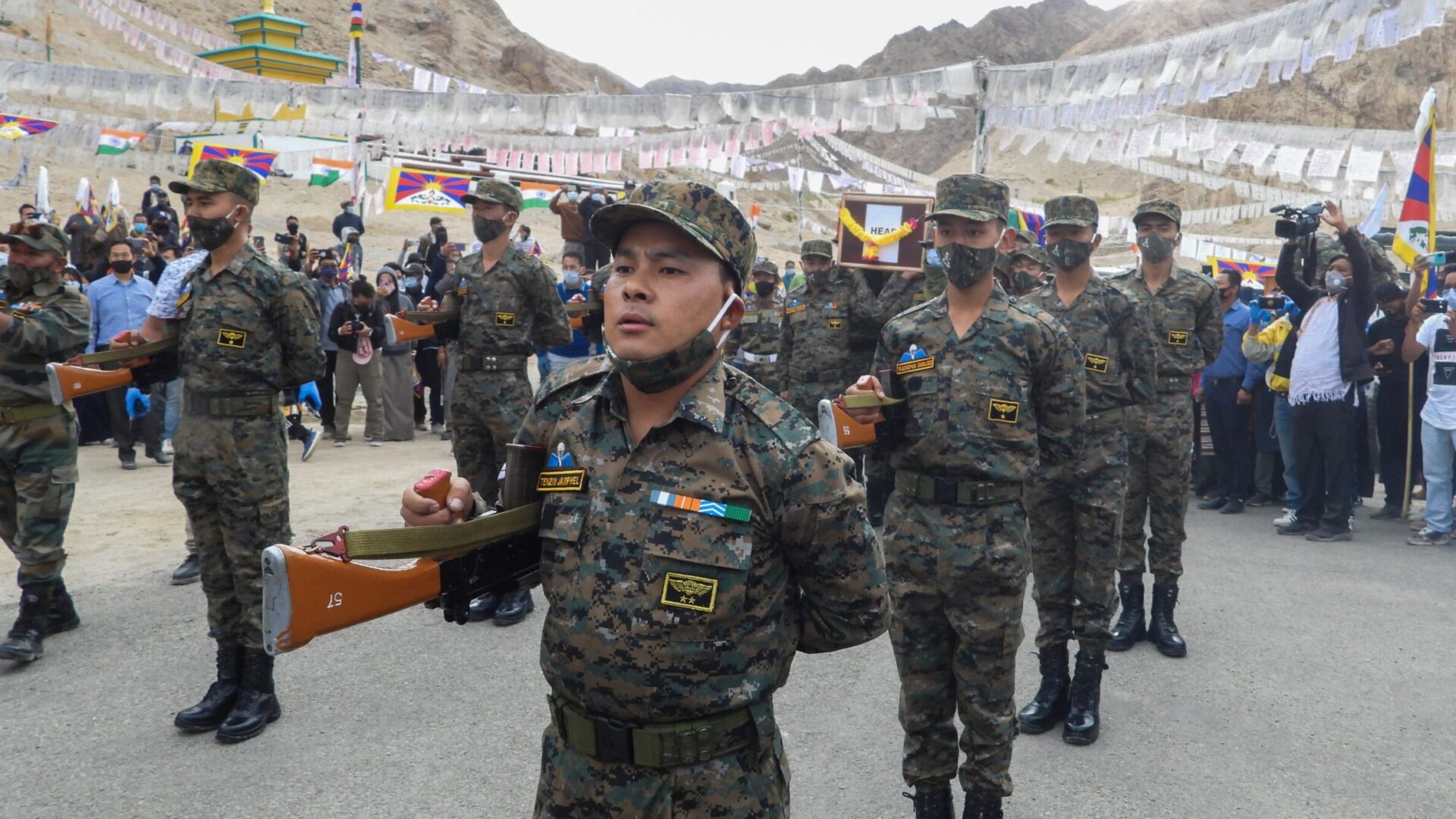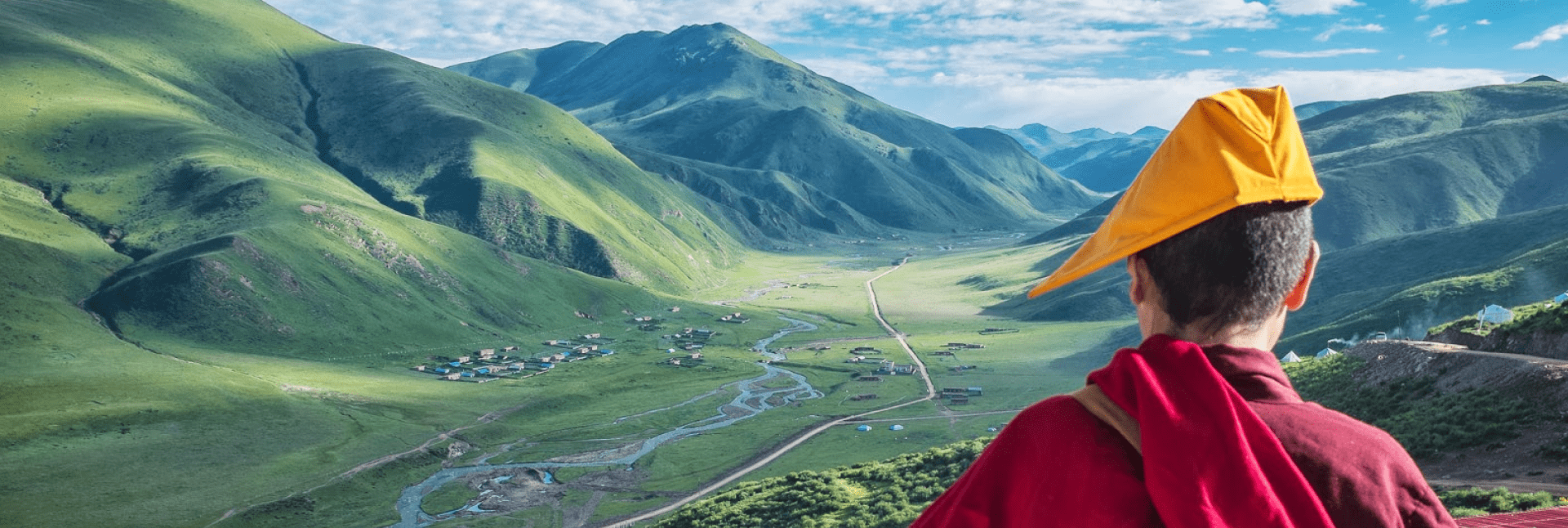The India-Tibet border or contemporarily known as the Sino-Indian border crisis is a long-standing issue, rooted in complex history, geopolitics, and the invasion of Tibet in 1950. The country had long been considered a buffer zone between China and India, but as British colonial power expanded into the Himalayan region, tensions between India and China began to rise.
In 1914, the British signed the Shimla Convention with Tibet, which effectively established the borders between Tibet and British India. The accord effectively recognised Tibet as an independent state, however, the Qing refused to participate in the negotiations, as it was seen as a direct challenge to Qing sovereignty.
After the fall of the Qing dynasty in China in 1912, the empire split, with local warlords and regional governments vying for control. For Tibet, it was a chance to reclaim its long sought after independence and govern its own nation. But in 1949, Mao Zedong and the Chinese Communist Party took power, and their new government immediately set its sights on capturing Tibet.
In 1950, China invaded Tibet and brutally established control over the region. This put China in direct conflict with India, as the border between the two ran along the Himalayan mountain range, which is the border between Tibet and India. India was alarmed by China’s actions, and began to provide support to Tibetan freedom fighters who were fighting for their people, their homes and their right to self-determination.
In 1962, some years after the first Tibetan national uprising, tensions between India and China boiled over into open conflict, when China launched a military offensive against India across the Himalayan border. The conflict was brief, but it resulted in a decisive victory for China, and they were able to seize control of several strategic positions along the border.
The aftermath of the conflict was marked by bitterness and recriminations on both sides. India accused China of aggression and territorial expansionism, while China accused India of ‘meddling in its internal affairs’ and supporting “Tibetan separatists”. The border between the two countries remained tense and heavily militarised, with both sides conducting regular patrols and military exercises in the region. New research shows that China is recruiting Tibetans to police their own borders on behalf of the PLA, however, on the other side of the border are also Tibetans in the Special Frontier Force (SFF) longing to return and free their home. The continuing escalation of this conflict could now see Tibetans shedding Tibetan blood.
In the decades that followed, both India and Tibet underwent significant political and economic changes. India became a thriving democracy, while Tibet remained under the authoritarian rule of the Chinese Communist Party and the rights of Tibetans significantly deteriorated.
In the years that followed, both India and China made efforts to improve relations and reduce tensions along their border. In 1988, the two countries signed an agreement on maintaining peace and tranquillity along the Line of Actual Control (LAC), which was intended to prevent any further military clashes.
Despite this agreement, tensions between India and China flared up again in 2017, when China began construction of a road in the Doklam plateau, an area claimed by both China and Bhutan. India responded by sending troops to the area, and a standoff ensued that lasted for over two months. The standoff was eventually resolved through diplomatic channels, but it highlighted the ongoing tensions and challenges faced by both countries along their shared border.
Later in 2020 on 29 August, a group of Tibetans were patrolling the border of their country. Their mission was to head off attempts by the Chinese People’s Liberation Army (PLA) to seize new territory. The operation was ultimately successful, but came at a cost; one member of the battalion, Nyima Tenzin, a veteran soldier and father of three, was killed after he activated a landmine.

The operation that claimed Nyima’s life took place in Pangong Tso, a lake 4,225 metres above sea level situated between Tibet and Ladakh in India. The Chinese attack was coming from Tibet, Nyima’s homeland and the country from where his parents fled to Ladakh. Nyima was one of many Tibetans enlisted with the Special Frontier Forces (SFF), also known as Establishment 22, a force of Tibetan paramilitaries under the supervision of the Indian army. Although the Indian government says as little as possible about the SFF, it privately prizes its ability to operate at high altitudes.
There is little appetite for an all-out war between these two nuclear powers, let alone the inhabitants of occupied Tibet. De-escalation will be the only way out, but with this de-escalation, will come further recognition that China under Xi Jinping has become increasingly, dangerously confrontational. A permanent solution to this violent conflict is the India-Tibet border to be restored to the peaceful state it once was, prior to foreign colonial interference.


